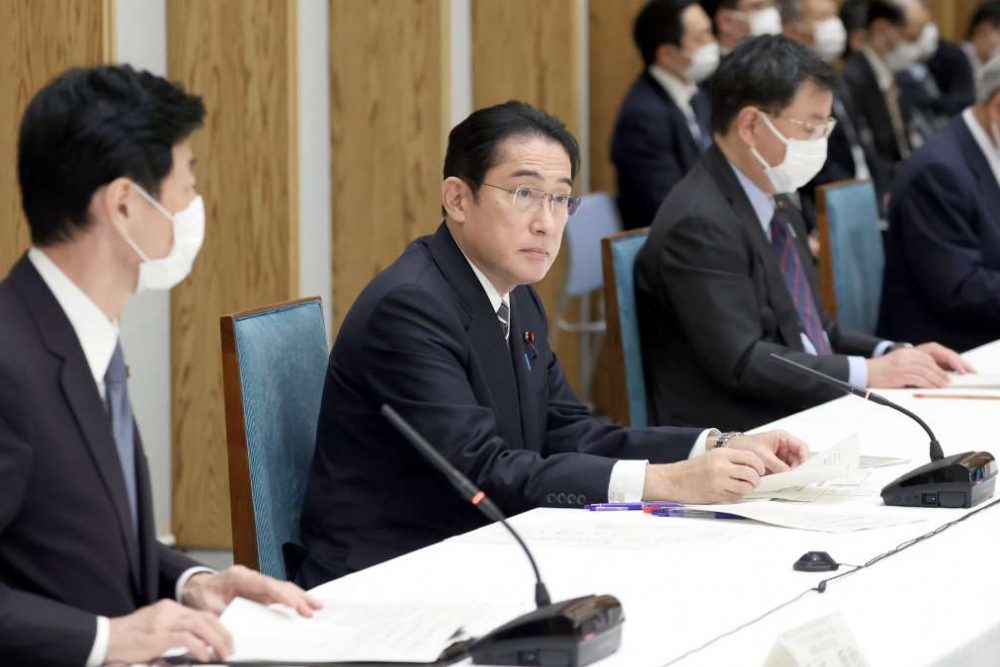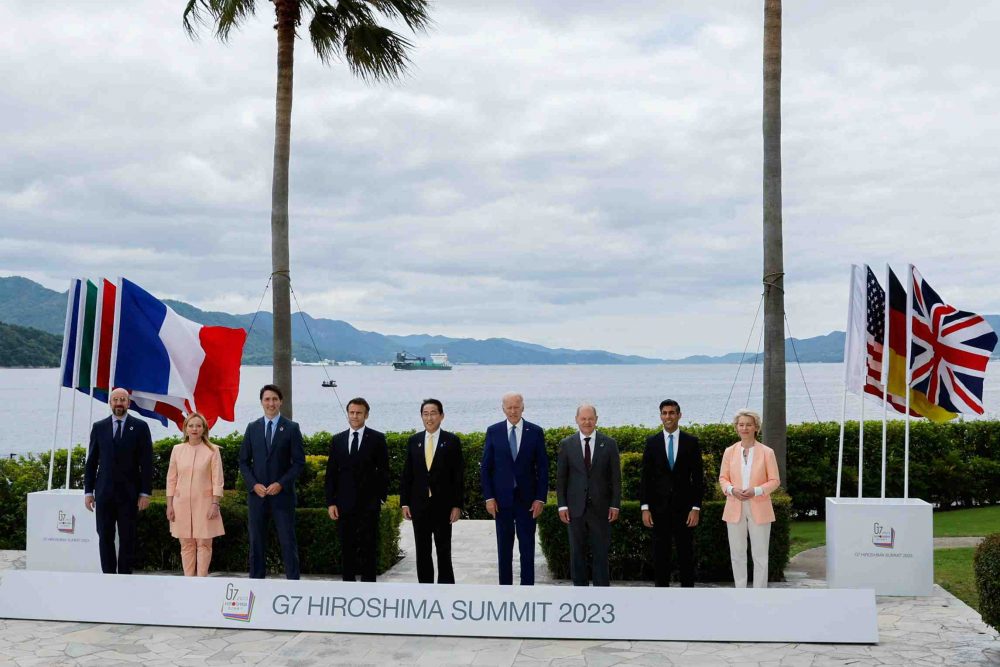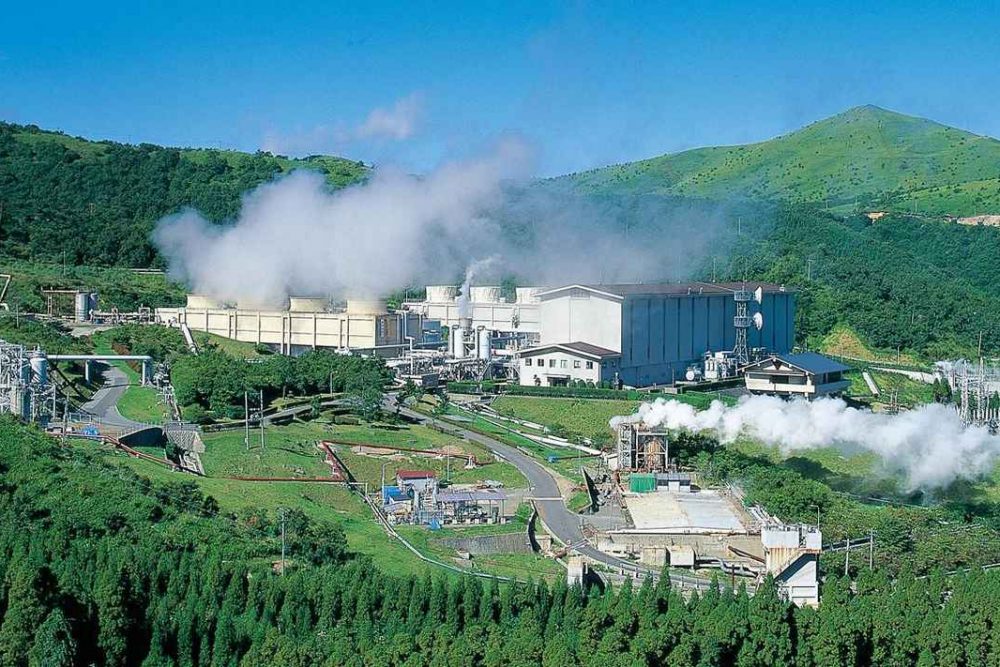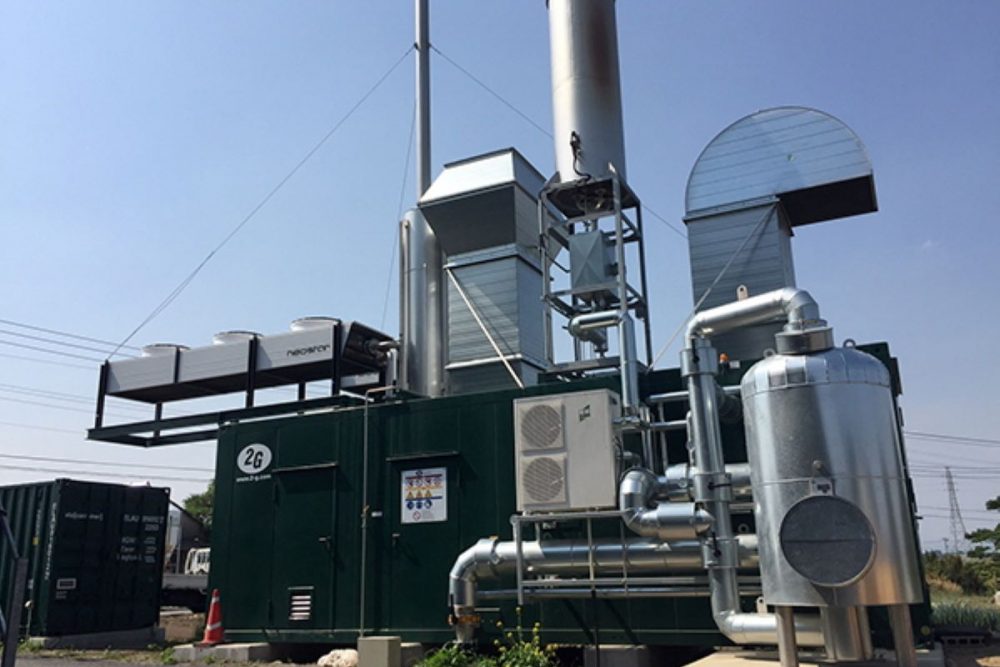Japan Aims to Boost Hydrogen Supply Sixfold by 2040
Plans are to harness 15 tril. yen in public and private investments and capitalize on international cooperation to drive hydrogen supply chain development.
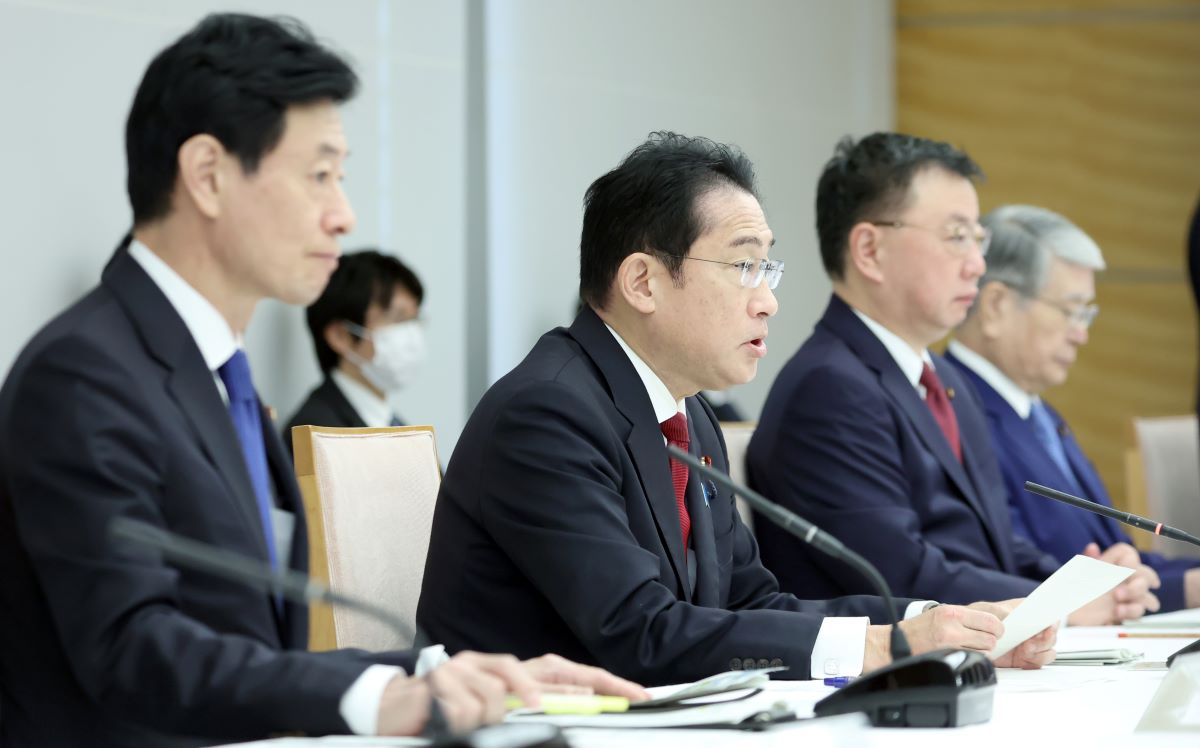
このページを 日本語 で読む
On April 4, the government announced its intention to revise the Basic Hydrogen Strategy. The revision is scheduled to take place by the end of May and is a part of government efforts to expand the adoption of renewable energies.
According to the draft of the revised strategy, the target for the supply of hydrogen in 2040 will be increased from the current 2 million tons to 12 million tons, a six-fold increase.
The plan is to funnel a combined ¥15 trillion JPY (roughly $113 billion USD) of government and private sector investments over the next 15 years to drive the adoption of hydrogen energy.
Ambitious Plan for Hydrogen
On the morning of April 4, Prime Minister Fumio Kishida announced the planned revision at a meeting focused on the expansion of renewable energy. He emphasized the plan to encourage private investment and accelerate support for establishing supply chains in cooperation with Australia and countries in the Middle East, as well as other nations in Asia.
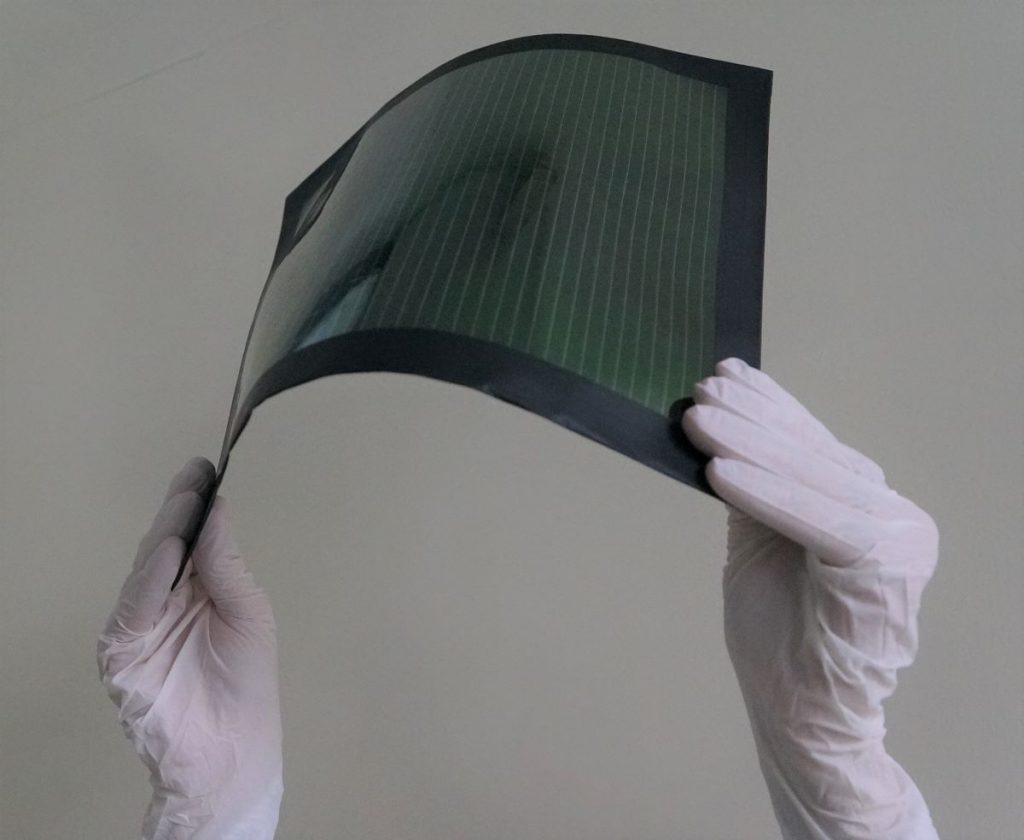
At the meeting, Kishida also addressed the practical application of perovskite solar cells, a next-generation solar cell technology that originated in Japan. The government aims to get the technology in place ahead of the 2030 target year.
"Accelerating private sector investment is essential to promoting decarbonization," Kishida commented.
Plans are also underway to boost utilization of the new green transition bond, dubbed the "GX Bond." The 20-trillion-yen scale government bond scheme is aimed at promoting a green economic transformation.
Heightening Global Competition
The government is revising its strategy on hydrogen for the first time in six years. The move is based on the recognition of hydrogen as a promising next-generation energy source that is key to both energy security and the success of decarbonization.
Japan has been a leading country in its efforts on utilizing hydrogen, including formulating what was the world’s first basic strategy on hydrogen in 2017. Now, international competition has intensified.
European and North American nations have announced massive investment measures in hydrogen following the start of war in Ukraine and the ensuing energy crisis.
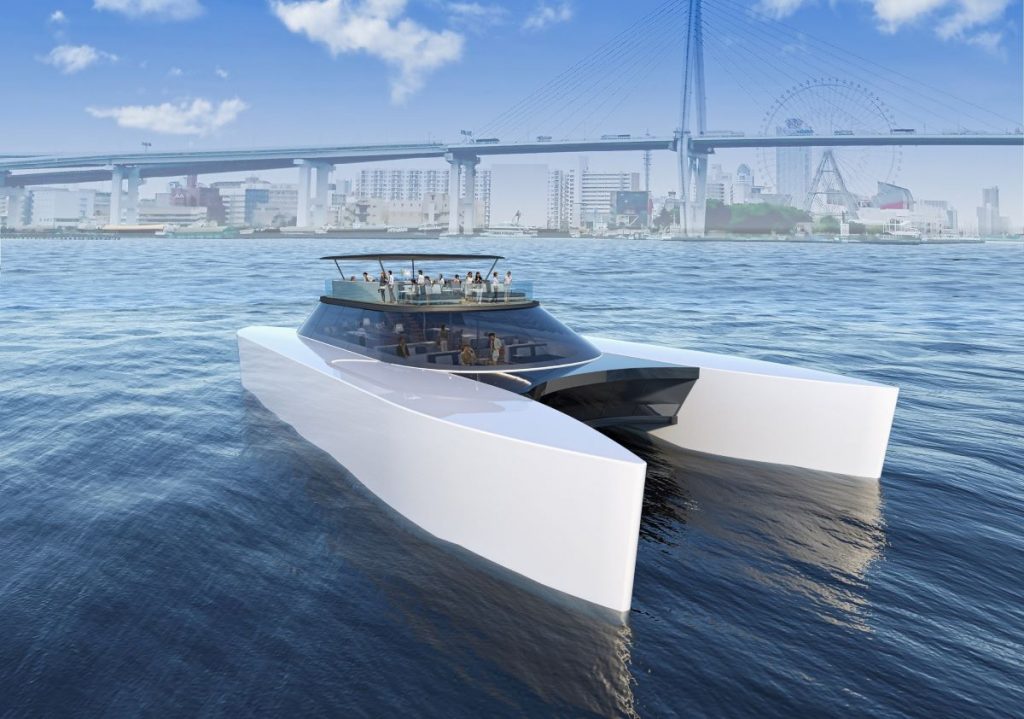
The question will be whether this revision will lead to Japan developing a concrete and swift plan for hydrogen utilization.
"To expand the hydrogen society, domestic technology is vital," emphasized Yasutoshi Nishimura, Minister of Economy, Trade, and Industry. Nishimura made this statement after visiting hydrogen-related facilities in Yamanashi Prefecture in November 2022.
From Strategy to Concrete Actions
Nishimura and PM Kishida frequently visit hydrogen-related facilities around the country. With scarce fossil fuel resources, Japan has taken a proactive stance on utilizing hydrogen, which can be produced via the electrolysis of water.
In particular, Japan leads other countries in "co-firing," or mixed-fuel combustion technology whereby hydrogen is mixed with fossil fuels to reduce carbon dioxide emissions from thermal power generation.
Japan's hydrogen-related technologies garnered attention at the ministerial meeting of the Asia Zero Emission Community (AZEC), a framework for cooperation on decarbonization in Asia held in Tokyo in March 2023.
However, since the Russian invasion of Ukraine, the world has seen a significant shift in energy policy toward reducing dependence on resource-rich Russia. A string of announcements on new hydrogen-related policies involving massive investments, mainly from Europe and the United States, has resulted.
The executive branch of the European Union, the European Commission, announced plans in July 2022 for public-private investments totaling over €14 billion EUR (approximately $15.4 billion USD), followed by an additional investment of over €12 billion EUR in September.
The US also included significant tax cuts for "clean hydrogen production" in the Inflation Reduction Act of August 2022, which earmarked a total of $430 billion USD (approximately ¥57 trillion JPY) for energy and climate measures.
As the trend to utilize hydrogen gains momentum, Japan, a world leader in research and development, cannot afford to fall behind. It must secure an advantage and commercialize technologies early to succeed amidst tough international competition. The government and private sector need to work together and produce concrete results.
このページを 日本語 で読む






